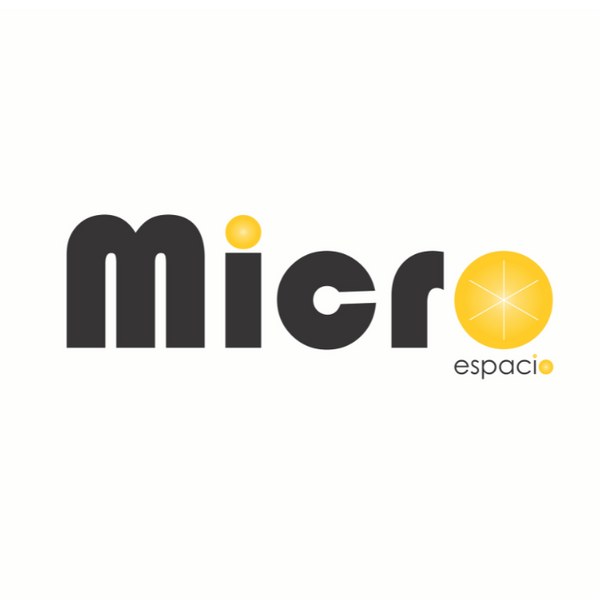Educational toys that prepare children for the future.
Share
10 Essential Skills for the Future (and How to Develop Them Through Play)
In a constantly changing world, where technology and automation are redefining the future of work and society, educating children in key skills from the earliest years of life has become a priority. In this article, we delve into the wonderful world of educational toys, how they can foster the 10 essential skills for the future, and how to choose the most appropriate ones for the comprehensive development of our children.
Why is it so important to talk about educational toys today?
Childhood is the most critical stage of human development... Educational toys allow children to learn while playing, without pressure and in a natural way.
The 10 essential skills for the future
- Critical thinking: puzzles, riddles, escape rooms.
- Creativity: construction games, art kits, or robotics kits.
- Complex problem solving: STEM toys, group missions.
- Collaboration: cooperative board games, group projects.
- Emotional intelligence: puppets, stories about emotions.
- Adaptability: modular toys, games with variable rules.
- Computational thinking: logic cards, floor robots.
- Digital literacy: educational apps, interactive tables.
- Curiosity: telescopes, microscopes, exploration games.
- Autonomy: DIY projects, kits for building and choosing routes.
Strategies for teaching critical thinking at home
- Ask open-ended questions: Why do you think this happened? How would you resolve it?
- Encourage trial and error: it allows for the development of tolerance and autonomy.
- Use toys that stimulate logic: like those from Micro Espacio.
How to choose educational toys according to age
0 to 3 years
Sensory and motor stimulation. Example: Micro Stamm, large puzzles.
3 to 6 years
Imagination and symbolic play. Examples: Micro House, play kitchens, family figures.
6 to 9 years old
Games with rules, teamwork. Examples: Micro Blocks , science kits.
9 to 12 years old
Construction and technology. Examples: carpentry-type blocks, robotics, STEAM.
Curriculum design through play
A well-chosen toy can be integrated into routines, extracurricular activities, or family games. Microespacio offers guides and challenges to accompany play as part of daily learning.
Priorities in content and discipline
- STEM: Science, Technology, Engineering and Mathematics.
- Emotional education: essential for well-being.
- Environmental awareness: urgent and necessary.
- Art and design: to activate visual and creative thinking.
Games like Micro Blocs integrate design, sustainability, and STEM into one toy.
FAQs
What differentiates an educational toy from a traditional one?
The educational program is designed to foster skills, not just entertain.
Are educational toys more expensive?
Not necessarily. What matters is the educational value, not the price.
Can educational toys be used in school?
Yes, and more and more schools are integrating them into the classroom as part of active learning.
Why invest in STEM toys?
The answer is clear: STEM toys are an investment in your children's future.
Conclusion
The future is built through play. Educational toys aren't just a trend: they're an investment in children's emotional, cognitive, and social development.
At Microespacio, we design toys with educational intent and functionality. Because education isn't about filling them with activities... it's about supporting growth with real tools.
Discover the catalog of screen-free educational toys
Discover games designed by childhood experts, based on active, sustainable, and screen-free methodologies. Ideal for developing the 10 essential skills of the future at home or in the classroom.
Visit Micro Espacio store